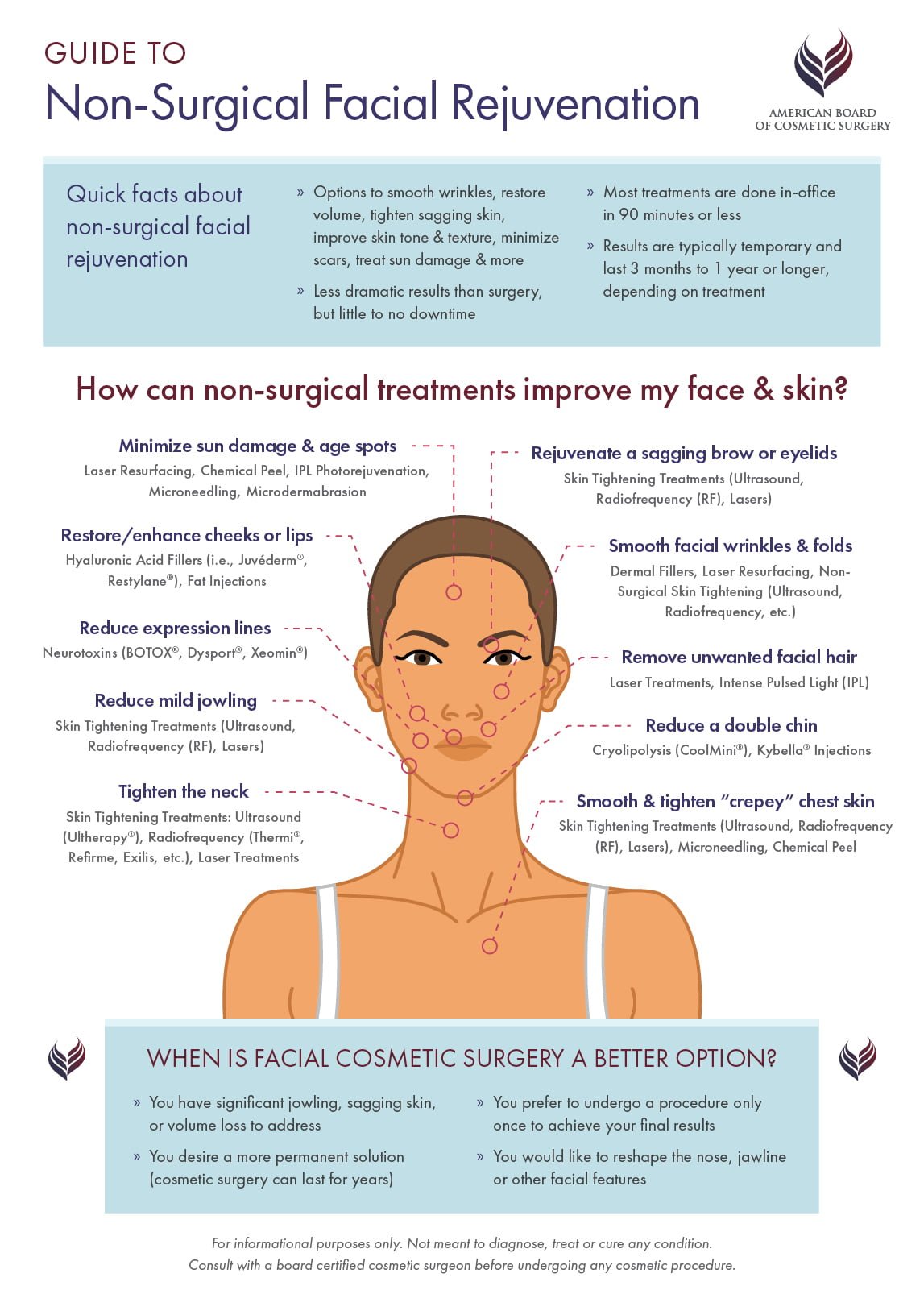Acne outbreaks in the cheek location are set off by many points, from touching your face often to not changing your pillow case typically enough. Picking at imperfections boosts your risk of infection and scarring, and particular medications can get worse dark areas (postinflammatory hyperpigmentation).
Luckily, there are lots of methods to avoid and deal with cheek acne. These include:
1. Hormone Modifications
Acne is mainly triggered by hormonal agents, particularly those created during adolescence and pregnancy. For some, a family history of acne may likewise contribute to their condition. Anything that clogs pores, such as oil-based skin care items or ceraceous hair items, can activate acne. Different topical treatments, like benzoyl peroxide and salicylic acid, can combat germs and unblock pores. Those with severe or chronic acne should look for therapy from their medical professional.
Stay clear of touching or pressing your acne, as this can press several of the microorganisms deeper right into the skin, causing a much more serious breakout. It is also vital to transform pillow cases on a regular basis and utilize clean makeup brushes. You should also attempt to prevent irritants such as friction from wearing a headgear or limited collar.
2. Diet plan
The greasy, sugary foods that many people assume trigger acne might really refrain from doing so. In fact, studies have revealed that consuming a diet plan rich in whole, nutrient-dense foods aids to avoid breakouts.
Foods high in the glycemic index (such as white bread, corn flakes, puffed rice and potatoes, doughnuts and various other breads) elevate blood glucose levels quickly, and this can raise hormonal agents that increase oil production and bring about acne.
Consuming cow's milk has also been connected to enhanced acne breakouts. If you are a normal cow's milk enthusiast, you might want to attempt switching to low-fat or nondairy alternatives that are strengthened with calcium. Additionally, drinking even more water can aid to decrease acne because it aids to keep the skin hydrated.
3. Excess Oil
While oil is important for healthy and balanced skin, it can come to be an issue when too much sebum blends with dead skin cells and blocks pores. This combination can develop blackheads, whiteheads and pimples. The obstructed pore wall surface can break down and spill bacteria, dead skin cells and sebum right into surrounding skin. This results in a red bump called a pimple. Sometimes these red bumps have pus in the facility from a bacterial infection. Bigger infected bumps that resemble acne are called cysts.
There are lots of things that can create excess sebum and stopped up pores, including hormonal agent changes, diet regimen and everyday practices. Some instances include touching the face regularly, relaxing your hand on your cheek, using unclean makeup brushes and not transforming pillowcases consistently.
4. Anxiety
If you're handling pain pimples or a slew of blackheads and whiteheads, it might be time to talk to a skin doctor. They can recommend a reliable treatment that suits your skin kind. Practicing leisure and stress-reduction techniques additionally helps.
Acne can take place in the cheeks because of rubbing and pressure, such as when an individual touches their face frequently or puts on a hat or sports helmet that massages against the skin. It can likewise appear where oily cosmetics and creams scrub versus the skin.
Avoid pressing acne, as this can push contaminated product deeper into the skin and bring about scarring. Instead, see a medical professional to find out about preventative therapies like medication, skin treatment items and way of life adjustments. Eating a healthy and balanced diet of entire foods, getting seven to 9 hours of sleep and utilizing noncomedogenic make-up and skincare items can all help reduce acne breakouts.
5. Hair Products
Hair items are not generally considered a cause of breakouts, yet they can contribute to acne on the cheeks in some people. Pomade acne, which is identified by small closed comedones and papulopustules, is commonly triggered by making use of oily lip lift near me hair items that contain comedogenic active ingredients such as certain oils and acetylated lanolin.
Selecting hair items that don't include these possibly comedogenic ingredients is a crucial action toward reducing outbreaks. Also, guaranteeing that hair items aren't can be found in contact with the skin can help stop outbreaks. For example, using a headscarf or bonnet in the evening can restrict hair-to-face contact and decrease the probability that leave-in hair items will rub off onto the face.
Along with making use of a non-comedogenic moisturizer and washing with an acne face laundry, various other helpful techniques consist of:
